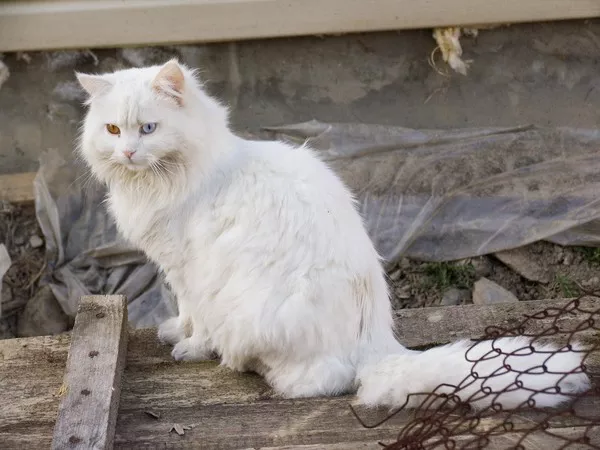Tortoiseshell cats, often referred to as “torties,” are a captivating and unique feline breed known for their striking coat colors and patterns. As cat enthusiasts and potential cat owners explore the diverse world of feline genetics, questions frequently arise about the true color of tortoiseshell cats. In this article, we will delve into the intricate details of the tortoiseshell coat, its color variations, and the genetics that underlie this visually captivating phenomenon.
Understanding Tortoiseshell Cats
1. Distinctive Coat Colors
Tortoiseshell cats boast coats that feature a captivating blend of various colors, creating a visually intricate and eye-catching appearance. The name “tortoiseshell” is derived from their coat’s resemblance to the colorful patterns found on tortoiseshell materials.
2. Genetics Behind the Coat
The coloration of a tortoiseshell cat is closely linked to its genetic makeup, involving complex interactions between different genes and alleles.
The Base Colors of Tortoiseshell Cats
1. Black and Orange
The primary base colors of a tortoiseshell cat’s coat are black and orange. These colors form the foundation of the intricate patterns that characterize tortoiseshell cats.
2. Dilution of Colors
The intensity of the base colors can vary, resulting in shades of dark and light, further contributing to the complexity of their coats.
Calico Cats: A Subtype of Tortoiseshell
1. Additional White Patches
Calico cats are a specific subtype of tortoiseshell cats characterized by the presence of white patches in addition to the distinctive mix of black and orange colors.
2. Three Colors Rule
Calico cats adhere to the “three colors” rule, which states that they must have three distinct colors in their coat: black, orange, and white.
Tortoiseshell Coat Patterns
1. Brindle Pattern
The brindle pattern, also known as the “striped” pattern, features distinct stripes of black and orange intermingled throughout the coat.
2. Patched Pattern
The patched pattern consists of irregular patches of black and orange, creating a mosaic-like appearance that varies from one cat to another.
Genetics of Coat Color
1. X-Linked Inheritance
The genetics of tortoiseshell cats involve X-linked inheritance, with specific color genes located on the X chromosome.
2. Mosaic Expression
Due to the random inactivation of one X chromosome in each cell during early development, different parts of a tortoiseshell cat’s coat express different color combinations, resulting in the mosaic appearance.
Rare Male Tortoiseshell Cats
1. Genetic Rarity
While tortoiseshell cats are primarily females due to the inheritance pattern, male tortoiseshell cats are exceedingly rare and result from genetic anomalies.
2. Chromosomal Abnormalities
Male tortoiseshell cats possess an extra X chromosome (XXY), a genetic anomaly that allows for the expression of tortoiseshell coloration.
Factors Influencing Coat Appearance
1. Genetic Variation
The intricate patterns and shades of tortoiseshell coats are influenced by genetic variation, with different combinations of color genes leading to unique appearances.
2. Environmental Factors
Environmental factors such as sunlight exposure and temperature can also influence the intensity and shade of a tortoiseshell cat’s coat.
Admiring the Beauty of Tortoiseshell Cats
1. Unique Aesthetic
Tortoiseshell cats are celebrated for their unique and visually stunning appearance, making them popular and sought-after among cat enthusiasts.
2. Personalities and Traits
Beyond their captivating coats, tortoiseshell cats are known for their diverse personalities, which can range from feisty and energetic to affectionate and independent.
Conclusion
In conclusion, the color of a tortoiseshell cat is a captivating interplay of black, orange, and often white hues, resulting in a visually intricate and appealing coat. The genetics of tortoiseshell coloration are complex, involving X-linked inheritance, mosaic expression, and a range of genetic factors. While calico cats represent a specific subtype of tortoiseshell with additional white patches, male tortoiseshell cats remain a genetic rarity. As cat enthusiasts continue to appreciate the unique beauty of tortoiseshell cats, understanding the genetics and factors that contribute to their distinctive coats enhances the admiration for these remarkable felines. Whether you’re drawn to the mesmerizing brindle or patched patterns or the rarity of male tortoiseshell cats, the world of tortoiseshell coat coloration is a testament to the intricacies of feline genetics and the remarkable diversity found in our beloved feline companions.






















